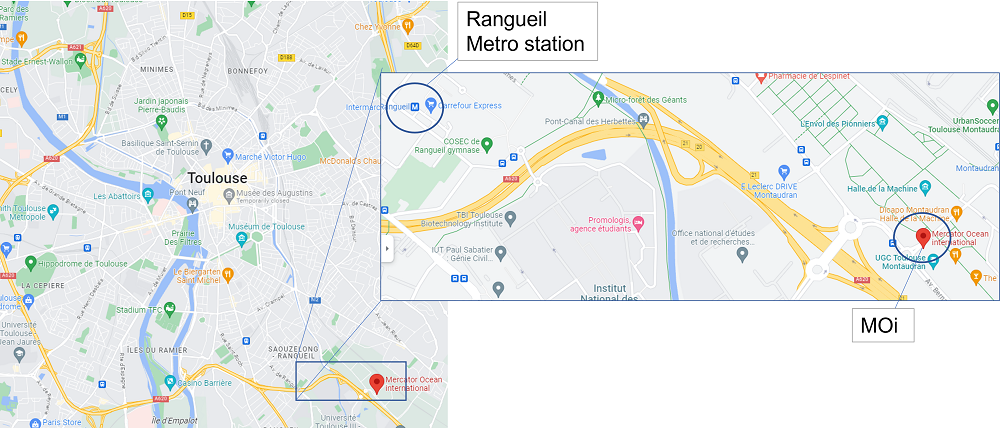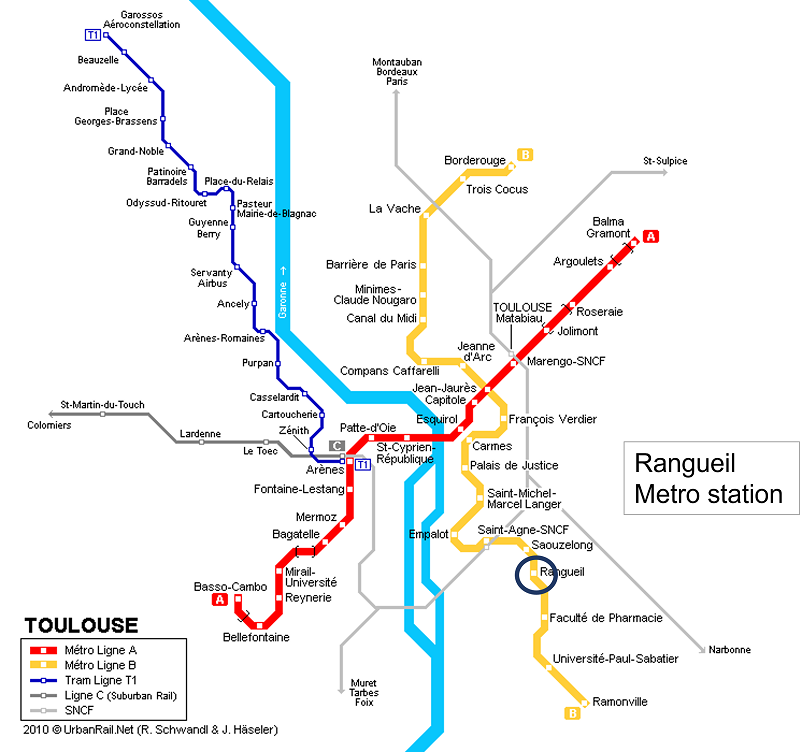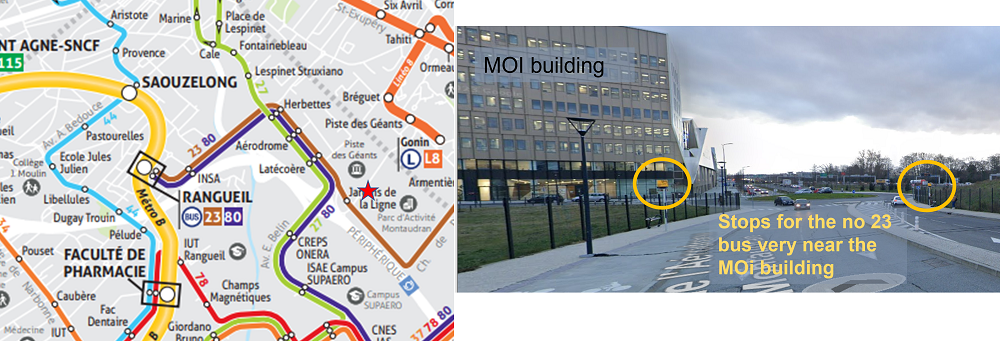A-TSCV Workshop

The ESA A-TSCV project is organizing a workshop on 13 June 2023 on the project outcomes and future opportunities derived from the project work and plans.
This workshop aims at sharing experience in assimilating ocean surface velocity data. Today, HF radar data are assimilated in operational systems. Future space missions should observe total surface currents. Lesson learnt from past experience and design experiments to assess the impact of future observations will be discussed as well as assimilation methods well suited for those observations. Current status and challenges for efficiently assimilating surface ocean current observations from diverse observing platforms will be identified, in research and operational context. Observation gaps and requirements for operational systems will be discussed.
General topics to be addressed in this workshop include:
- Assimilation of direct velocity observations from HF radar, drifting platforms, ADCP, future space missions, SAR measurements, …
- Assimilation methods for surface currents, including Lagrangian and Eulerian approaches,
- Surface current estimation via data assimilation from coastal to global scale.
- Observation operators for assimilation of total surface current

Access the agenda doc
Latest update – 6 June 2023
| Time (Paris time, UTC + 2) | Presenter and affiliation | Title of talk (20 min presentation + 10 min Q&A) |
|---|---|---|
| 9:00 – 9 :15 | Elisabeth Rémy (Mercator Ocean Int.) | Welcome and practical information |
| 9:15 – 9 :30 | Craig Donlon (ESA) | Workshop introduction |
| Chair and moderator: Jenny Waters and Clément Ubelman | ||
| 9:30 – 9 :45 | Matt Martin (Met Office) | The ESA A-TSCV project |
| 9:45 – 10:10 | Lucile Gaultier (OceanDataLab) | Satellite observation simulator |
| 10:10 – 10:35 | Jennifer Waters (Met Office) | Assimilation of total surface current velocities in the Met Office ocean forecasting system for the ESA A-TSCV project |
| 10:35 – 11:05 | Coffee break | |
| 11:05 – 11:30 | Isabelle Mirouze
(freelance consultant, MOI) |
The impact of assimilating simulated satellite surface velocities in the Mercator analysis and forecasting global system |
| 11:30 – 11 :45 | Robert King (Met Office) | S3NG constellation OSSEs |
| 11:45 – 12:10 | Solène Jousset (CLS) | ODYSEA mission project: study of NIO signals in drifter databases and evaluation of multi-temporal mapping of the total current (including NIOs) through OSSE. |
| 12:10 – 14:00 | Lunch break | Lunch at the pizzeria DiCaprio |
| Chair and moderator: Isabelle Mirouze and Lucile Gaultier | ||
| 14:00 – 14:25 | Jaime Hernandez Lasheras (SOCIB) | Comparing High Frequency Radar radial and total derived observations capability to correct surface currents using Data Assimilation |
| 14:25 – 14:50 | Sourav Sil (Indian Institute of Technology Bhubaneswar) | High Resolution of Circulation Features along Indian Coast using HF Radar Derive Surface Currents |
| 14:50 – 15:10 | Laura Risley (University of Reading) | On the choice of velocity control variables for variational ocean data assimilation. |
| 15:10 – 15:35 | Martina Idžanović (MET Norway) | Forecast uncertainty and ensemble spread in surface currents from a regional ocean model |
| 15:35 – 16:00 | Odysea Science Team | A satellite mission concept to unravel small-scale ocean dynamics and air-sea interactions: ODYSEA (Ocean Dynamics and Surface Exchange with the Atmosphere) |
| 16:00 – 16:15 | Fabrice Collard (OceanDataLab) | TSCV future mission concepts at European Space Agency: a focus on SeaStar and Harmony |
| 16:15 – 16:45 | Coffee break | |
| 16:45 – 17:15 | Discussion: part 1
Moderator: Elisabeth Rémy |
DA of surface velocities: observation operator, observation error, model covariance, DA approach (ensemble,4d/3dVar, ”image”,…), lessons learnt from HF radar and surface drifters, challenges… |
| 17:15 – 17h45 | Discussion: part 2
Moderator: Matt Martin |
Expected benefits and requirements for velocity observations from space, for operational oceanography. |
| No | First name | Surname | Affiliation | Country |
|---|---|---|---|---|
| 1 | Fabrice | Ardhuin | CNRS | France |
| 2 | Ali | Aydogdu | CMCC | Italy |
| 3 | Quim | Ballabrera | ICM-CSIC | Spain |
| 4 | Eric | Bayler | NOAA | USA |
| 5 | Renaud | Binet | CNES | France |
| 6 | Philip | Browne | ECMWF | UK |
| 7 | Marcin | Chrust | ECMWF | UK |
| 8 | Pierre | De Mey-Frémaux | CNRS | France |
| 9 | Craig | Donlon | ESA | Netherlands |
| 10 | Lucile | Gaultier | OceanDataLab | France |
| 11 | Ganesh | Gopalakrishnan | UCSD | USA |
| 12 | Olivier | Goux | CERFACS | France |
| 13 | Eric | Greiner | CLS/MOi | France |
| 14 | Eric C. | Hackert | NASA/GMAO | USA |
| 15 | Jaime | Hernandez Lasheras | SOCIB | Spain |
| 16 | Martina | Idžanović | MET Norway | Norway |
| 17 | Johnny A. | Johannessen | NERSC | Norway |
| 18 | Robert | King | Met Office | UK |
| 19 | Florian | Le Guillou | ESA | Italy |
| 20 | Pierre-Yves | Le Traon | MOi | France |
| 21 | Tong | Lee | NASA/JPL | USA |
| 22 | Jean-Michel | Lellouche | MOi | France |
| 23 | Xin | Li | BSH | Germany |
| 24 | Matthew | Martin | Met Office | UK |
| 25 | Ballarotta | Maxime | CLS | France |
| 26 | Agnès | Merlet | ||
| 27 | Isabelle | Mirouze | freelance consultant, MOI | France |
| 28 | William | Perrie | DFO | Canada |
| 29 | Elisabeth | Remy | MOi | France |
| 30 | Edel | Rikardsen | MET Norway | Norway |
| 31 | Laura | Risley | University of Reading | UK |
| 32 | Sourav | Sil | Indian Instiute of Technology | India |
| 33 | Gregory | Smith | ECCC | Canada |
| 34 | Jousset | Solene | CLS | France |
| 35 | Midhila Varna | V | INCOIS | India |
| 36 | Zhaoyi | Wang | NMEFC | China |
| 37 | Jennifer | Waters | Met Office | UK |
| 38 | Anthony | Weaver | CERFACS | France |
| 39 | Kirsten | Wilmer-Becker | Met Office | UK |
Recordings are available on request. Please get in touch with the OP programme office / MOi to get access to the workshop recordings.
Workshop presentations (pdf format) are listed in the table below.
Registration and abstract submission is now closed.
REGISTRATION AND ABSTRACT SUBMISSION
The deadline for abstract submission had been extended to the 12th of May.
Speakers will be notified at the end of April of the acceptance.





A workshop report is in preparation
The workshop will be organized as a hybrid in-person/remote event around oral presentations (only).





Connection airport – town centre
There is an airport shuttle bus (Airport Shuttle | Tisséo (tisseo.fr) from Blagnac Airport to Toulouse Matabiau station every 20 minutes.
The airport shuttle stop is near the airport, ARRIVAL DOOR – GATE C.
Price: 9 €
You can buy your ticket :
- At the bus station
- From the driver in the bus
- At Tisséo Sales Outlets
Ticket is valid throughout the entire bus-underground network and the Airport Shuttle.
Frequency: Every day except on the 1st of May : from 5:30 a.m. to 0.15 a.m., every 20 minutes
Stopping places: Marengo—SNCF station / or / Jean-Jaurès station
MOi address
2 avenue de l’Aérodrome de Montaudran
31400 Toulouse France
The nearest Metro station to MOi is Rangueil (Ligne B). I


Toulouse metro map


Bus and train connections
Tickets bought for a journey are valid on metro and bus.
The nearest Metro station to MOi is Rangueil (Ligne B). It is possible to walk from Rangueil to MOi (marked with a red start below) from that station but it takes 30+ minutes. Alternatively, you can take a bus from Rangueil (its quite frequent)
- Line 23, stop Jardins de la Ligne (see image one the right, with the stop near MOi)
- Line 80, stop Latécoère (a stop before Jardins de la Ligne)
Other bus connections:
- Linéo 8, stop Piste des Géants (departures directly from the city center)
Train connections:
From Matabiau SNCF station Toulouse to Montaudran SNCF station, but the number of trains is very limited.
Hotels
It is advisable to book into a hotel in Toulouse centre and to use pubic transport to get to MOi. For hotel bookings please refer to hotel booking websites or your travel agent. Examples of hotels in the centre are listed below.
near Capitole
IBIS Hotel
Crowne Plaza
Grand Hôtel de l’Opéra – BW Premier Collection by Best Western
near Jean Jaures
Mama Shelter Toulouse
Citiz Hotel
Hôtel Mercure Toulouse Centre Wilson Capitole
near Compans Caffarelli
Hôtel Mercure Toulouse Centre Compans
Hôtel Novotel Toulouse Centre Compans Caffarelli
- Elisabeth Rémy (Mercator Ocean International)
- Matt Martin (Met Office)
- Clément Ubelmann (datlas)
- Craig Donlon (ESA)
- Pierre De Mey -Frémaux (LEGOS/CNRS)
- Isabelle Mirouze (Mercator Ocean)
- Kirsten Wilmer-Becker (Met Office)





